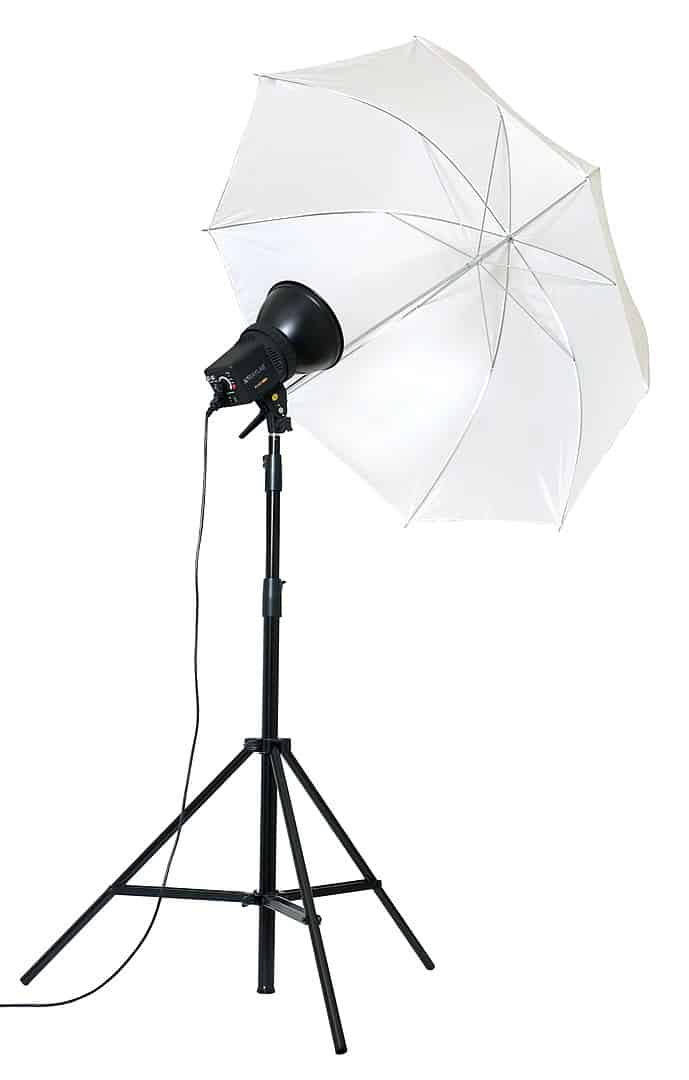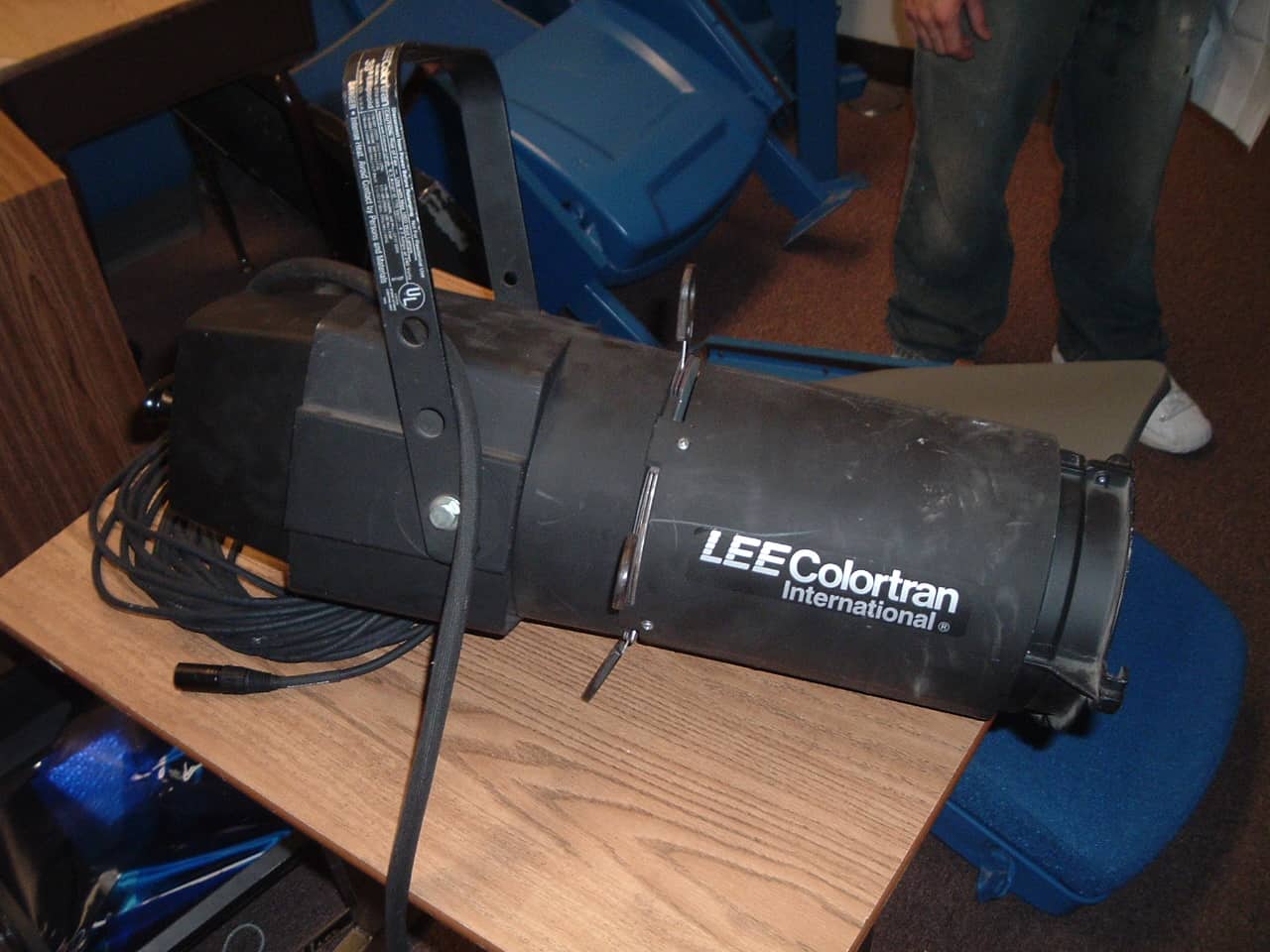
The selection is primarily made from the perspective of the presentation. In the case of a reflector figure, on the other hand, the narrative process and the motivation for choosing what is presented are not discussed thus “the reader is deprived of any explicit information about the criteria for the selection of what is presented. In contrast to the reflector figure, a narrator figure offers the reader a visible motivation for the selection process in the narrative process: the narrator guarantees the completeness of the information presented with a view to understanding the story through the presence of his person in the narrative file. The result is as "the illusion of immediacy with which the events shown on the idea of the reader." The reflector registers the narrative process or in the epic events world at the moment of the experience through a narrative figures "in their consciousness the events reflected as it were." This turns the character in the novel or the story in some way to Stanzel to " persona " that is, to the role mask that the reader creates. The reflector registers what is happening or what is represented at the moment of experience through this narrative figure For him it is often or even mostly unmanageable Its purpose is, as Stanzel describes the display behavior of the reflector at one point, "often problematic".

Īccordingly, the reflector mode also denotes a restriction of the field of perception, especially with regard to external perceptions. This creates the appearance of objectivity, authenticity and directness for the reader because there are no narrator comments or other interventions by the narrator. Therefore, according to him, a reflector is required, ie one of the characters in the fictional world of events is selected by the author in the story or in the novel, through their sensual perceptions, emotions, Affects, associations, thoughts or consciousness the reader experiences the narrative world or the fictional happening directly. According to Stanzel, a story or a novel is actually "narrative" from this narrative perspective. In the personal narrative situation, narration is not in the classical sense the impersonal narrator stands outside of the narrative world of figures and does not bear any personal traits for the reader at any point, so cannot be directly identified or observed as a narrative figure in the text. Stanzel in order to provide a narrative perspective in the typological model of narrative situations he developed of the personal narrator more precisely. The term was introduced by the Austrian English scholar and narrative theorist Franz K. Still used in countries where the agreement hasn’t come into effect and as an alternative spelling in Portugal.The reflector or the reflector figure is a literary theoretical term in literary studies that is used to analyze narrative behavior in epic or narrative works such as novels, short stories or short stories. ( Superseded in Brazil by the 1943 spelling reform and by the Portuguese Language Orthographic Agreement of 1990 elsewhere. Reflector m ( feminine singular reflectora, masculine plural reflectores, feminine plural reflectoras, comparable) Still used in countries where the agreement hasn’t come into effect and as an alternative spelling in Portugal.

Reflector m ( plural reflectors or reflectoren, diminutive reflectortje n) “reflector” in Diccionari de la llengua catalana, segona edició, Institut d’Estudis Catalans.“reflector” in Diccionari normatiu valencià, Acadèmia Valenciana de la Llengua.Reflector ( feminine reflectora, masculine plural reflectors, feminine plural reflectores)


Safety reflector - see safety reflector See also


 0 kommentar(er)
0 kommentar(er)
